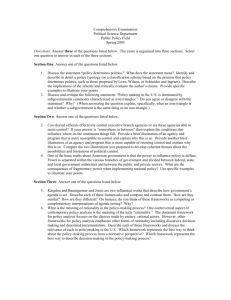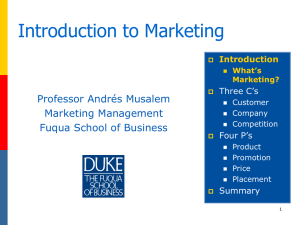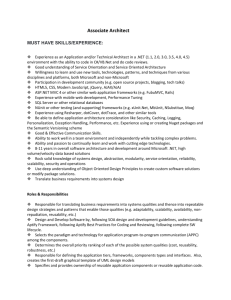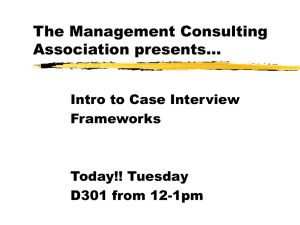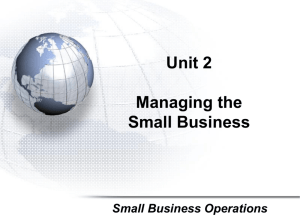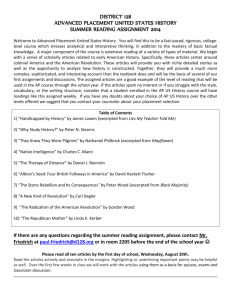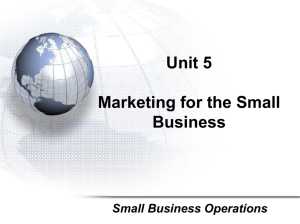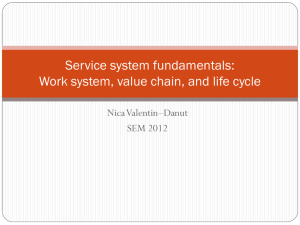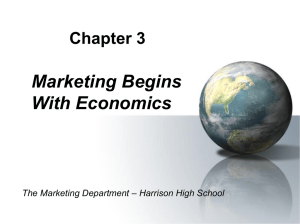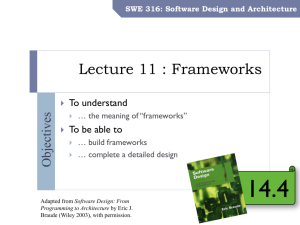Cooking With Information: Education for
advertisement
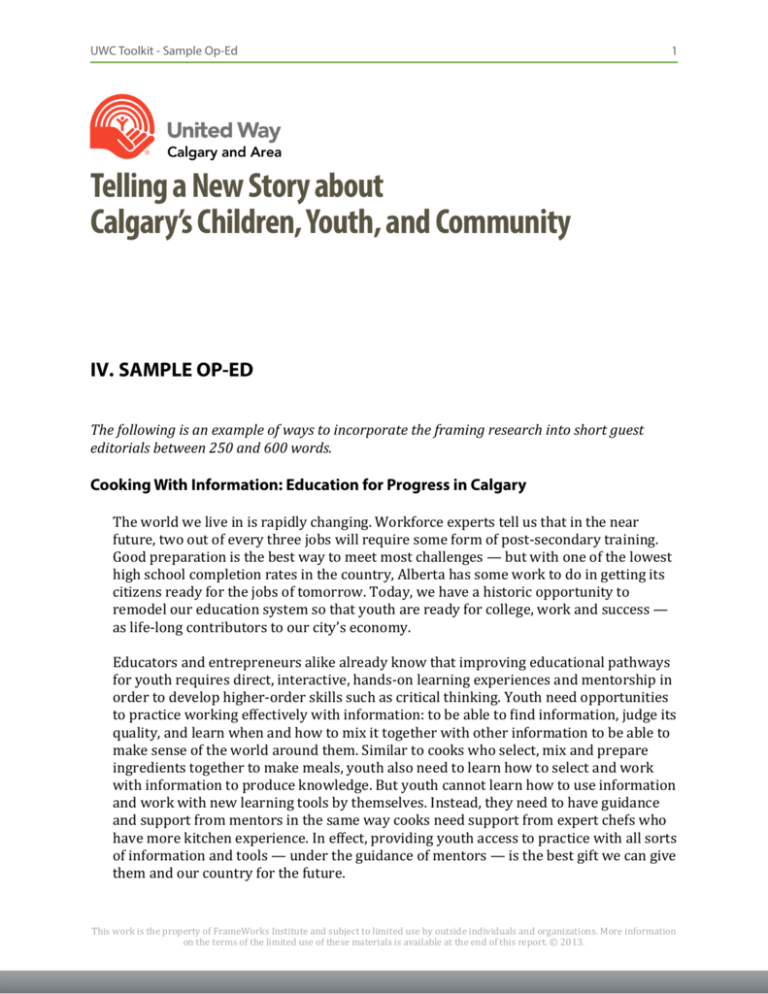
UWC Toolkit - Sample Op-Ed 1 Telling a New Story about Calgary’s Children, Youth, and Community IV. SAMPLE OP-ED The following is an example of ways to incorporate the framing research into short guest editorials between 250 and 600 words. Cooking With Information: Education for Progress in Calgary The world we live in is rapidly changing. Workforce experts tell us that in the near future, two out of every three jobs will require some form of post-­‐secondary training. Good preparation is the best way to meet most challenges — but with one of the lowest high school completion rates in the country, Alberta has some work to do in getting its citizens ready for the jobs of tomorrow. Today, we have a historic opportunity to remodel our education system so that youth are ready for college, work and success — as life-­‐long contributors to our city’s economy. Educators and entrepreneurs alike already know that improving educational pathways for youth requires direct, interactive, hands-­‐on learning experiences and mentorship in order to develop higher-­‐order skills such as critical thinking. Youth need opportunities to practice working effectively with information: to be able to Hind information, judge its quality, and learn when and how to mix it together with other information to be able to make sense of the world around them. Similar to cooks who select, mix and prepare ingredients together to make meals, youth also need to learn how to select and work with information to produce knowledge. But youth cannot learn how to use information and work with new learning tools by themselves. Instead, they need to have guidance and support from mentors in the same way cooks need support from expert chefs who have more kitchen experience. In effect, providing youth access to practice with all sorts of information and tools — under the guidance of mentors — is the best gift we can give them and our country for the future. This work is the property of FrameWorks Institute and subject to limited use by outside individuals and organizations. More information on the terms of the limited use of these materials is available at the end of this report. © 2013. UWC Toolkit - Sample Op-Ed 2 Our education system should incorporate these learning and mentorship experiences with other educational pathway opportunities in order to stay in touch with how knowledge is produced and skills are developed in our world today. An example of a school that provides students the opportunity to gain mastery in learning and working with new information so that they may have successful career pathways is the Career and Technology Centre (CTC) at Lord Shaughnessy High School. The school works with industry experts to create high-­‐quality learning environments. Together with the business community, teachers, administrators and parents, the CTC prepares students for further education and careers in high-­‐skill, high-­‐demand occupations. Students exhibit passion and interest in their hands-­‐on learning, and have high success rates in jobs that beneHit our city and economy. For the progress of our city, we propose to expand the model of the CTC to other schools throughout the district so that more students have access to successful educational pathways to careers. In this way, we draw upon the needs and resources of our larger community and work together within the education system to produce the best possible outcomes for our citizens. When students have opportunities that support their abilities to be producers of knowledge as future members of our workforce, all Calgarians beneHit from increased progress and prosperity in our city. (word count: 491) This work is the property of FrameWorks Institute and subject to limited use by outside individuals and organizations. More information on the terms of the limited use of these materials is available at the end of this report. © 2013. UWC Toolkit - Sample Op-Ed 3 Copyright Notice And Limited License All of the materials in this report is copyrighted under United States law and applicable international copyright laws and treaty provisions. The copyrights in the Content are owned by FrameWorks Institute, or by third parties who have licensed their materials to FrameWorks. You may download, store, print, and copy selected portions of the Content, provided you: (1) only use the Content for your personal, organization and noncommercial use or to further your business dealings with FrameWorks; (2) you do not modify or alter the Content in any way or delete or modify any copyright or trademark notices or notices of conHidentiality. Recipients of these materials are encouraged to use and distribute these materials, but not to re-­‐publish, edit, or resell the Content here within. © FrameWorks Institute 2013 This work is the property of FrameWorks Institute and subject to limited use by outside individuals and organizations. More information on the terms of the limited use of these materials is available at the end of this report. © 2013. www.FrameWorksInstitute.org

